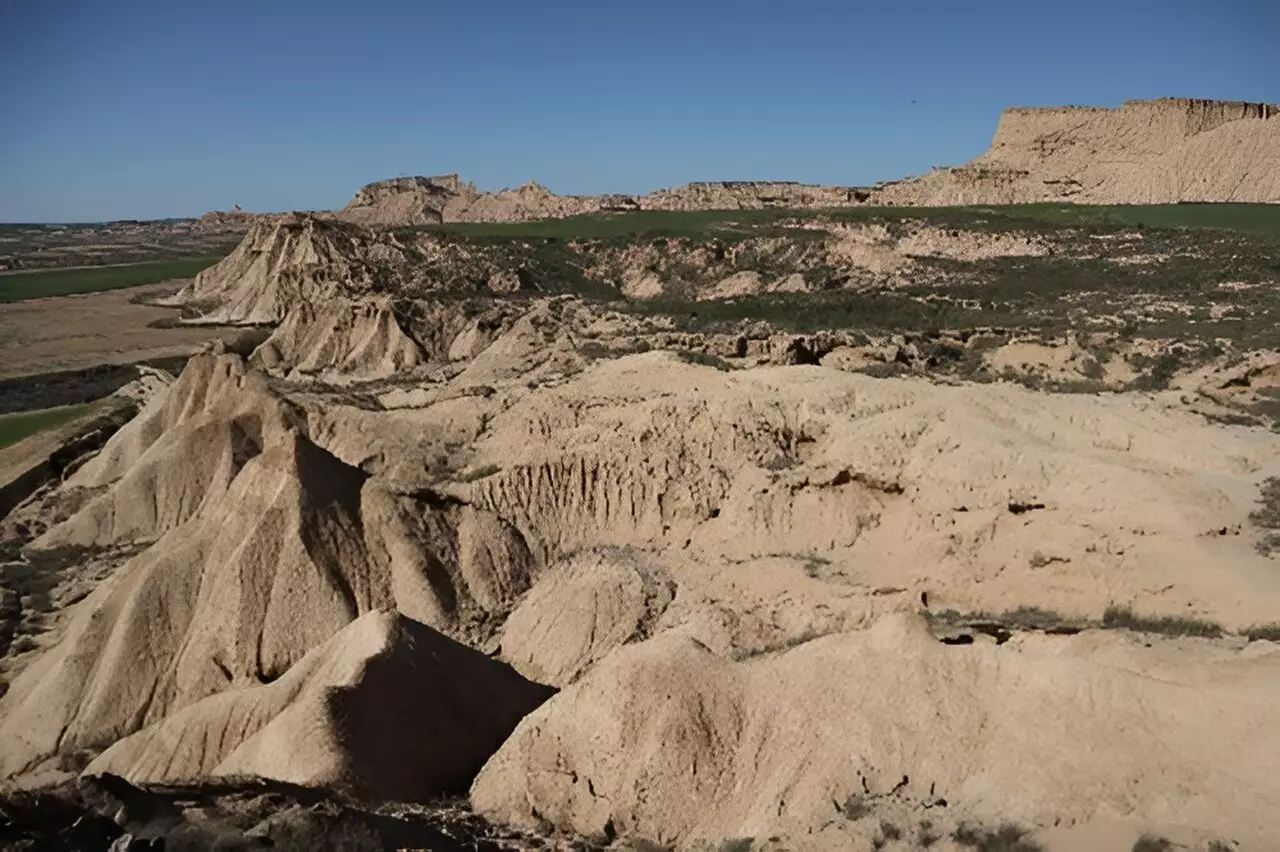The latest research indicates that nearly 45% of the world’s land surface is classified as drylands, encompassing deserts, shrublands, grasslands, and savanna woodlands. This significant portion of the Earth’s surface is characterized by water scarcity, impacting natural ecosystems and human-managed landscapes such as agriculture, forestry, and livestock production. While traditional factors like climate change and land management practices have long been recognized as contributors to the expansion of drylands, a new study reveals a surprising trend – drylands are accelerating their own proliferation.
Climate scientists from the University of Bristol, Ghent University, Cardiff University, and ETH Zurich collaborated on this groundbreaking study, which sheds light on how drylands are driving their own spread. Professor Katerina Michaelides, an expert in Dryland Hydrology, explains that the combination of low precipitation and high atmospheric water demand in drylands is exacerbated by climate change. This leads to increased atmospheric drying in these regions, resulting in more arid environments and the transformation of humid areas into drylands.
By analyzing the sources of precipitation and heat over newly expanded drylands, researchers were able to quantify the phenomenon of dryland self-expansion. The study reveals that more than 40% of the transition from humid to drylands over the past 40 years can be attributed to existing drylands releasing less moisture and more heat, leading to reduced rainfall and increased atmospheric water demand in neighboring regions. This process can gradually turn humid areas into drylands, with regions like Australia and Eurasia identified as primary drivers of dryland spread.
Lead author Dr. Akash Koppa emphasizes the urgency of addressing dryland self-expansion in the face of an increasingly warmer and potentially drier future. As drylands continue to propagate, there are significant risks to human livelihoods, ecosystems, and socio-economic stability on a global scale. The study also identifies regions most vulnerable to further dryland expansion, underscoring the importance of climate change mitigation and sustainable land management practices to prevent the spread of drylands.
The research highlights the need for coordinated ecosystem conservation efforts in existing drylands to curb the impacts of dryland expansion. By understanding the impact of distant vegetation responses on dryland proliferation, the study emphasizes the necessity of land-based adaptation strategies to prevent drought and heat propagation. The team is currently focused on developing measures to mitigate the acceleration of dryland self-propagation and its far-reaching consequences.
The accelerating spread of drylands presents a global concern that requires immediate attention and collaborative action. By addressing the drivers of dryland expansion and implementing sustainable land management practices, we can mitigate the risks posed by this phenomenon and work towards a more resilient and sustainable future for all.


Leave a Reply